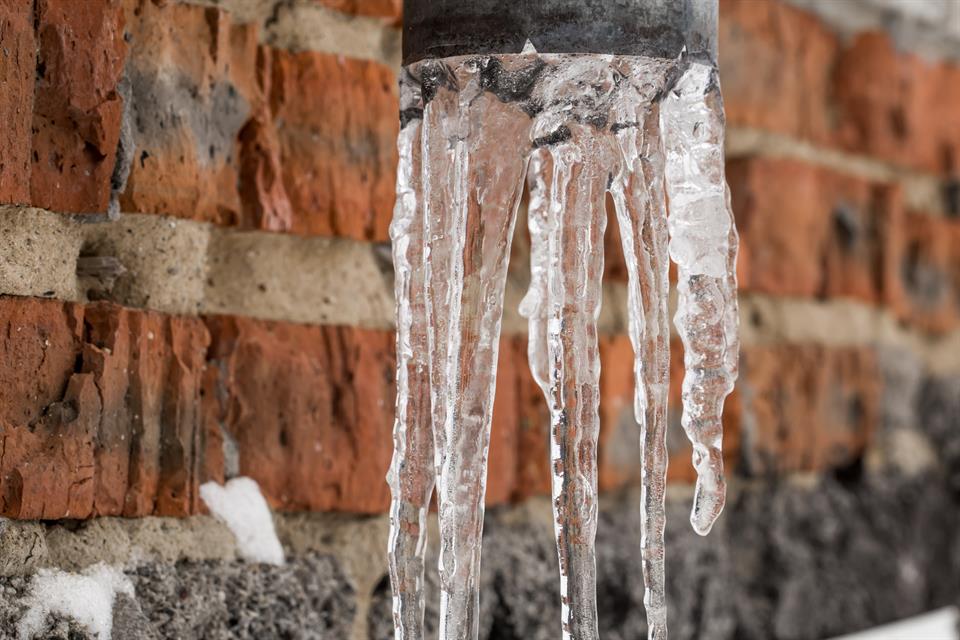Texas Farmers Protected Against Tornadoes, Floods, and Hurricanes
Farmers in Texas face high weather-related risks because of the state’s vulnerability to tornadoes, floods, and hurricanes. Fortunately, multiple insurance programs, disaster assistance options, and risk management tools help safeguard their livelihoods.
Crop Insurance Coverage
Federal crop insurance, which is managed by the USDA's Risk Management Agency (RMA), is one of the primary protections available to Texas farmers. Policies like Multi-Peril Crop policy (MPCI), which guards against crop losses due to weather-related factors like tornado damage, flood destruction, and hurricane-related effects, are included in this policy. In the event that weather lowers productivity or market value, MPCI ensures farmers receive compensation for both yield and revenue losses. Other choices that provide basic coverage at a low or subsidized cost are Area Risk Protection Insurance (ARPI) and Catastrophic Risk Protection (CAT).
Livestock and Equipment Protection
Tornadoes and hurricanes can destroy barns, fences, and equipment, and injure or kill livestock. Farm property insurance policies—often bundled into Farm and Ranch Insurance—can protect buildings, machinery, and stored feed. Separate policies like Livestock Risk Protection (LRP) and Pasture, Rangeland, and Forage (PRF) insurance provide protection against weather-driven livestock and forage losses. Farmers should ensure their policies specify wind, hail, and flood damage as covered perils.
Disaster Assistance Programs
If farmers are uninsured or suffer losses beyond their coverage limits, federal disaster relief programs can help. The Non-Insured Crop Disaster Assistance Program (NAP) offers basic coverage for crops not eligible for standard insurance. Programs like the Livestock Indemnity Program (LIP) and Emergency Assistance for Livestock, Honeybees, and Farm-Raised Fish (ELAP) provide financial relief after severe weather events. The Emergency Conservation Program (ECP) assists with restoring damaged farmland, fencing, and infrastructure.
Preparedness and Risk Management
Texas farmers can also use risk management strategies such as diversifying crops, using windbreaks, improving drainage systems, and investing in disaster-resistant infrastructure. Maintaining updated insurance, detailed records, and photographs of assets can speed up the claims process after a storm.
Conclusion
While Texas farmers cannot avoid severe weather, they have access to a robust network of insurance and relief programs to minimize financial losses. By combining proactive planning with the right policies, they can maintain stability and rebuild after devastating storms.






